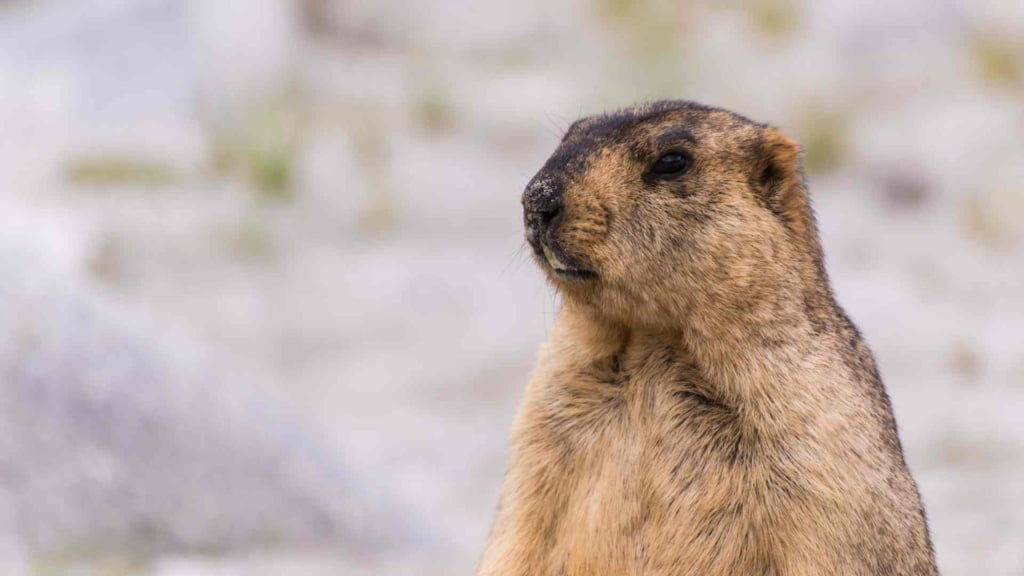Key Takeaways
| Fact | Description |
| Species Name | Marmota bobak |
| Common Name | Bobak Marmot or Steppe Marmot |
| Size | 24 inches or 60 cm in length |
| Weighs | 11 pounds or 5 kg |
| Habitat | Steppes of Eastern Europe and Central Asia |
| Diet | Herbivore |
| Reproduction | Around 60% of mature female marmots have a family of 4 to 7 little marmots in the late spring or early summer. |
Introduction
The Bobak Marmot (Marmota bobak), also known as the steppe marmot. It’s a type of marmot, which is a kind of rodent that belongs to the Sciuridae family.
Physical Characteristics
The Bobak Marmot is often described as a large analog of the North American prairie dog, with a round stomach, stubby legs, and a short tail. A Bobak marmot is measuring around 24 inches or 60 cm in length. It weighs around 11 pounds or 5 kg. Usually, the males are a little bigger than the females.
Habitat
They live in the grassy plains of Eastern Europe and Central Asia. This social creature loves to live in steppes grassland areas, even near fields where people grow crops.
Behavior
Bobak marmots are highly gregarious and socially interactive. They live in big family areas, and you might find up to 15 families living in an area. Around 2 to 5 adults and 2 to 6 maturing pups make up each family. These marmots are usually most active in the morning, when the sun is about to set.
Lifestyle
Here are some interesting facts about their lifestyle:
- They hibernate for more than half the year.
- Male offspring leave the home colony after their second winter.
Reproduction
Around 60% of mature female marmots have a family of 4 to 7 little marmots in the late spring or early summer. These young marmots stay with their family until they reach sexual maturity, which takes 3 years from their birth.
Diet
The Bobak Marmot is a plant-eater that loves to munch on different types of plants like grasses, forbs, and sedges. This includes all parts of the plant – the leaves, stems, flowers, and even bulbs.
Conservation Status
The Bobak Marmot is currently listed as “Least Concern” on the IUCN Red List. This means that they are not considered to be at risk of extinction.
References:
- Wikipedia: https://en.wikipedia.org/wiki/Bobak_marmot
- Eol: https://www.eol.org/pages/312104
- Animaldiversity: https://animaldiversity.org/accounts/Marmota_bobak/
- Gbif: https://www.gbif.org/species/2437375

